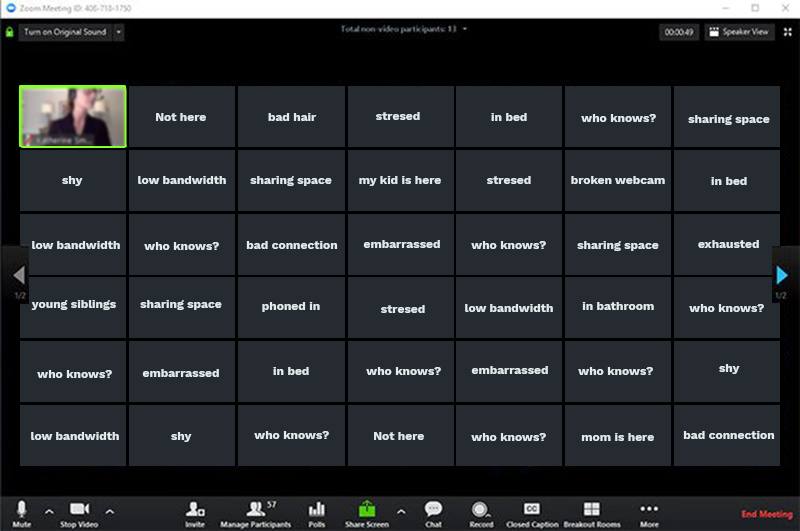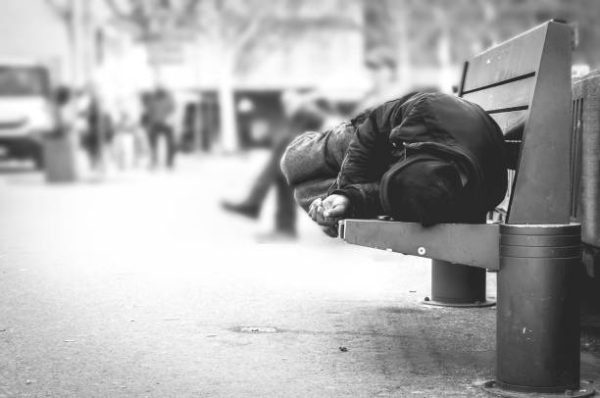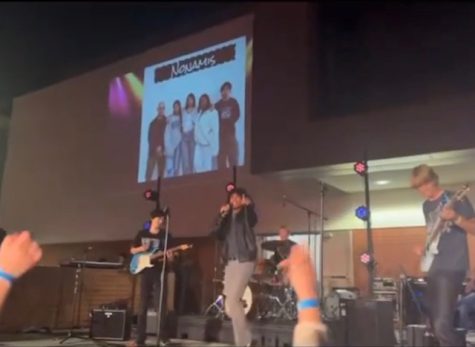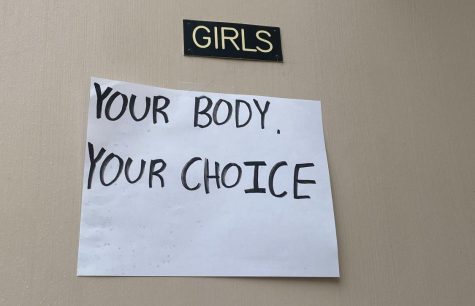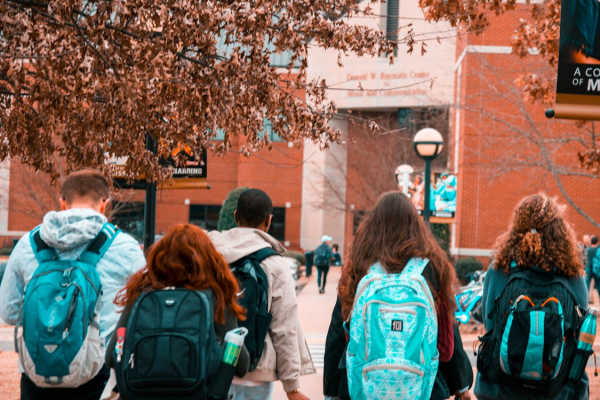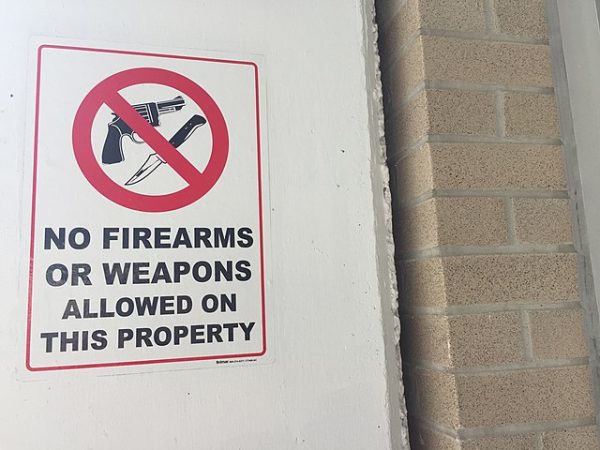LAUSD Cam Policy
Teaching to gray boxes.
The Los Angeles Unified School District is one of the largest school systems in the United States. Educating about 600,000 students, and home to 1,000 schools of all levels, they have faced a major disruption, like most schools around the world, as Covid-19 had forced the shut-down of all educational learning sites that reside in their area of power.
This effect has made students stuck in their homes, bedrooms, or whatever space they can find to continue their education, where many do not have access to technology and are forced to be given laptops that don’t work, or WiFi hotspots that are cut-out frequently. But out of all this chaos, one important factor stands, and it’s that students just don’t participate anymore.
As schools started to adapt to this new system of distance learning, LAUSD had placed a ruling that students cannot be forced to turn on their cameras. The Instructional Handbook for Online Learning and Hybrid Model details as follows:
Reasons why students should be encouraged to have cameras on, yet given choice:
• Students might be self-conscious about seeing themselves on camera
• Students might not want to show their current living situations (try virtual backgrounds)
• Students might not have a room in which they can close the door to be in a private space
• Students might have very personal home environments and fear being teased about them
• Students might be reluctant to publicize their disabilities
• Students might be experiencing technical issues (please work with students/families to troubleshoot those issues which might include the need for an additional hotspot)
• Students, from the lens of equity, might be in a space they do not want to broadcast to their peers, as well as having additional responsibilities, especially during the pandemic. Examples include multiple home obligations during class time, that might impede their ability to fully participate. With trauma even more widespread today due to the crisis, it is especially important now to be sensitive and flexible with students. Building trust and rapport will help students feel more comfortable.
The biggest concern in regards to the district’s ruling, as their reasoning is fair, is that having cameras off enables students to be distracted from their education and gives them an opportunity to be disengaged in their learning. And even though these worries seemed simply as teachers and parents being cautious in regards to the deviation of the normal system, their doubts have become true, as high school students do not ask questions and they don’t respond to the teacher when being called on in class. It is just the teacher talking, facing a screen of black boxes.
If students had participated in discussions and simply talked to their teachers, having cameras off wouldn’t be such a huge issue, but the fact is that isn’t the reality, and many teacher’s don’t even know if their students are in the room getting the education that they need to better themselves in the world.
As many teachers are facing hardship during distanced learning, what is not helping the general morale of our educators is this camera-off/on policy, as students have decided to default into a behavior of not turning their cameras on.
With cameras off and microphones muted, teachers are concerned for the well-being and education of their students at this time. Teachers such as Mr. Edwin Tucker, Taft high school’s Government and Economics as well as African-American studies teacher had stated, “I don’t even know if kids are listening or looking at me, it’s frustrating. Zoom has made students decide to not participate.” Adding to his statement, “My own effectiveness is being drained through zoom.” Where Mr. Tucker mentions that out of his 200 or so students, only about two or three of them turn on their cameras.
As english teacher at Taft, Ms. Valerie Ayvazian, had commented, “I love my students, I know they care about me, and distanced learning has not been easy for anyone. And although I can understand how anxious students are about being on camera in Zoom, I cannot quite agree with the failure to comply when asked to turn it on, especially when it does help students focus better.”
Ms. Ayvazian also adds to the teacher’s perspective, “The no-camera policy has been a challenge to not only me, but to most teachers. We, like stage actors, need a participatory audience. We need acknowledgment that what we have said or instructed students in doing is comprehensible. Daily I feel like I’m talking to myself and that no one is engaged, following along, or comprehends because it is crickets! No cameras, no response, no desire, but all frustration and disrespect. I know it is not personal, but it sure feels that way.”
But teachers do have hope, as Mr. Tucker had shown optimism that at least students and teachers or getting a schooling in technology, preparing themselves for future uses of digital platforms and devices. As Ms. Ayvazian had mentioned her way of getting through to her students when she stated, “I do what I can to motivate, incentivize, and demonstrate that I am invested in my students’ education and well-being. In return, I have earned the respect, love, and understanding albeit through name tiles in lieu of faces. There will always be challenging times in life, but by having teachers who are invested in them, I hope students understand how much we really care.”
But why are students so hesitant and scared to speak up or involve themselves in the daily workings of the class and its curriculum? Many of the students I have spoken to state it is a cause of anxiety and self-consciousness about showing their homes or their appearance, and this holds true when two instructors from Cornell University had taken a poll of their students where 90% of 276 polled don’t turn on their cameras, and 41% of those kids state that they are conscious of their appearance. But asking students to propose an answer or contribute to a class discussion is different from showing a tour of their house and clothes.
At the beginning of distance learning, LAUSD Superintendent, Austin Beutner, had stated, “On any given day, only 68 percent are participating in studies online. Thirty-two percent, or almost 40,000 students, are not.” Which in retrospect, is a huge population of students who do not contribute to their educational studies during this time, leaving many students behind where before, they might have been able to catch up on their studies.
To solve this participation issue, the two logical reasoning is to drop students grades or make students turn on their cameras. Of course, these two options are drastic options, and as there are plans to come back to school, these actions may not be needed in the long run. But during this time of distance learning, the black screens have been very disheartening, especially for teachers who have to teach their students on a daily basis, many not even knowing who is behind the screen, if there is anyone.
And in all of this madness, how are the parents responding to the lack of participation in classes? Many parents have come together to try to sue the district during this time, and others are extremely mad at how LAUSD has handled the situation between teachers and students. Where there are still some worries as to why students don’t participate in their classes.
Carrie Adelman, a Taft parent, mentioned “I have concerns for high school kids in general with no cameras being on, students can become less engaged and more easily distracted, becoming detached from their education.”
There is no singular parent forum to discuss these problems, but she does confirm that parents are talking, especially at parent meetings, conversing about the growing frustration parents have with their students’ education.
Many parents respect the reasons for not having one’s camera on, especially in regards to those having questionable living situations. And they also understand that having cameras off has a lot to do with a group mentality, as a student doesn’t want to be the only one with a camera on.
The Parent Teacher Organization, or the PTO, has discussed creating some sort of campaigns or incentive programs to help students become more active in classes during distanced learning, and possibly, this could lead to the motivation for students to turn on their cameras again, and to see their friends that they hadn’t see for such a long time. As Ms.Adelman had stated, “Seeing the faces of their fellow classmates can help with the isolation and depression that students are facing with, and allows students to see their friends.”
Who do students, parents, and teachers turn to for answers. Ultimately it was LAUSD’s decision, and so, in order to justify the lack of participation, it is also their duty to make a plan of action in order to have students be more involved in classes, and yet, they fail to provide a solid answer to the public, being unable to comment on this matter.
But to look back at this past year of social distancing, it has been hard on everyone, and nobody can take away the deaths and challenges people have had to face in this time of struggle, but the importance of education is higher than ever, and students need to be active and involved, so that those black boxes shouldn’t be forced on, and punishments shouldn’t be distributed just to make a point about responding in classes. Students, how they may find their own inspiration and strength, need to be responsive to their classes, as this is their education, and nobody else’s, the students are in the driver’s seat leading on how they want this chaos to be handled, and it is their choice to decide their own future.


